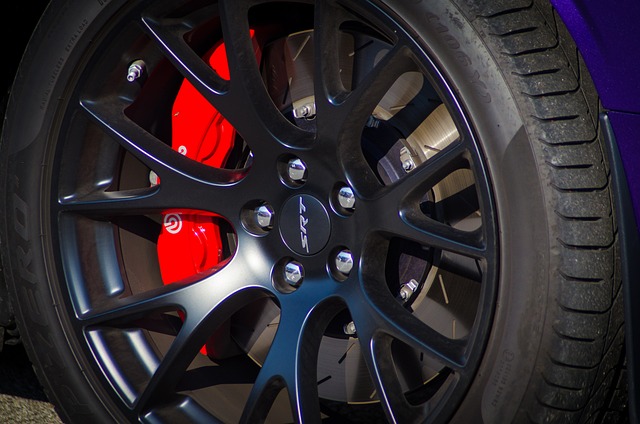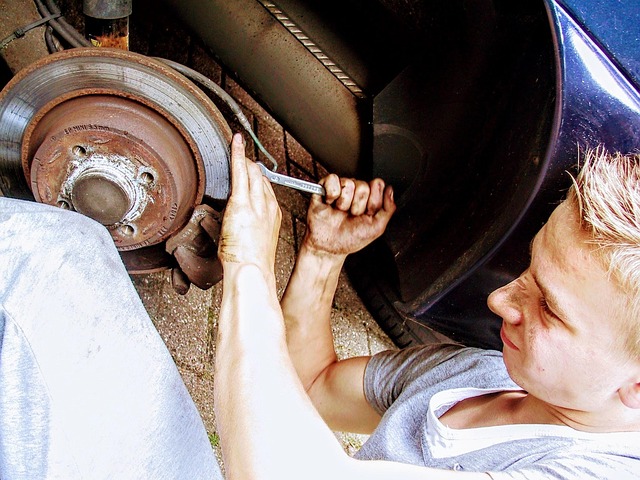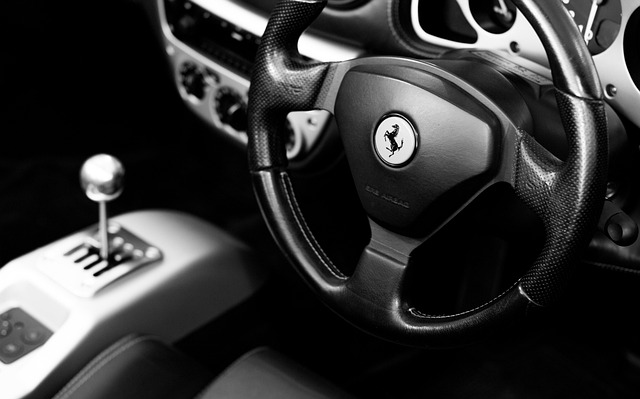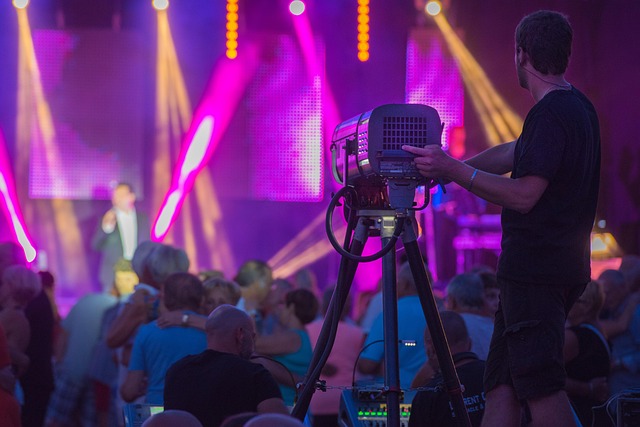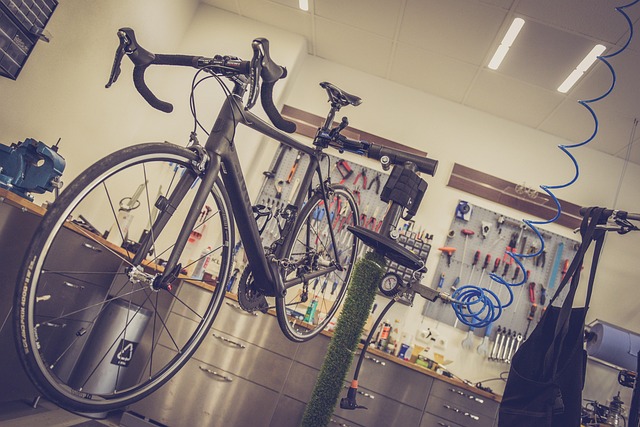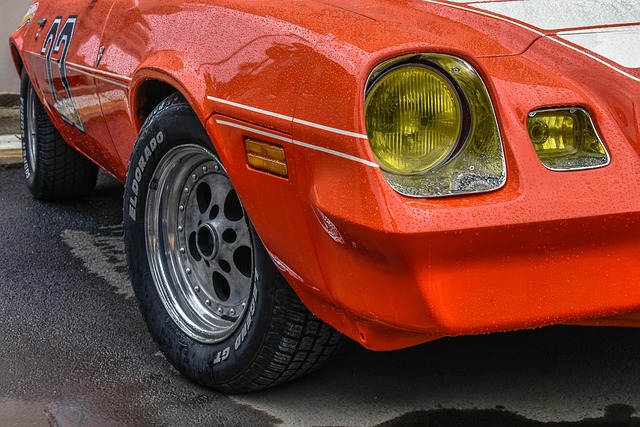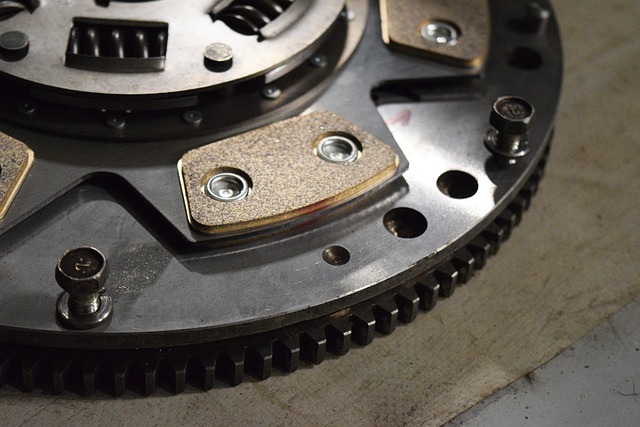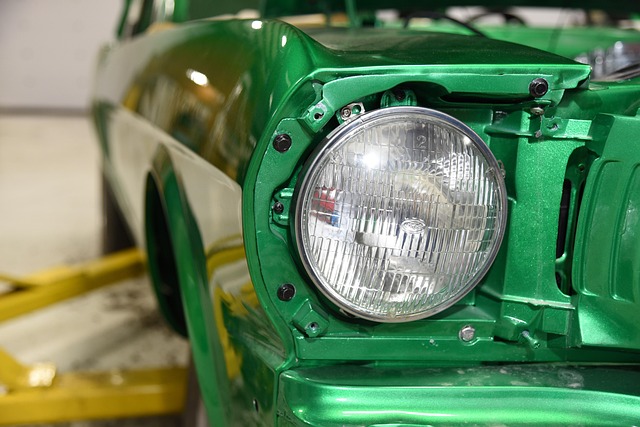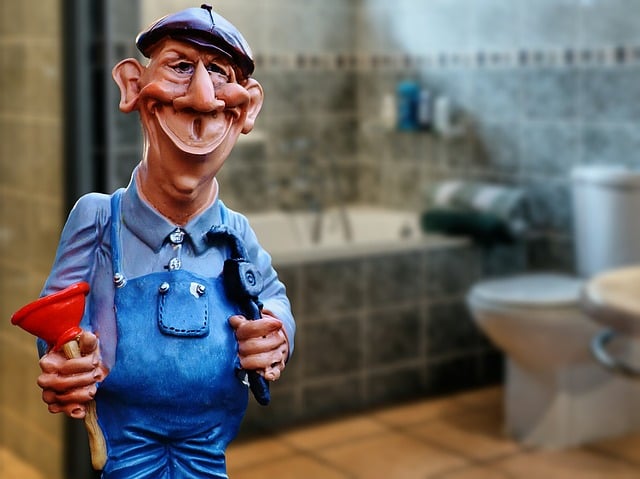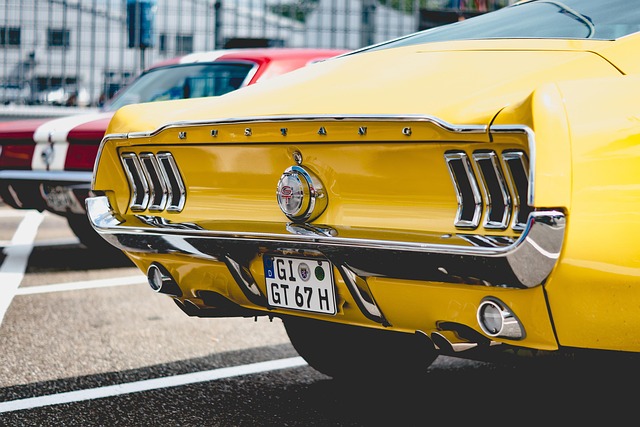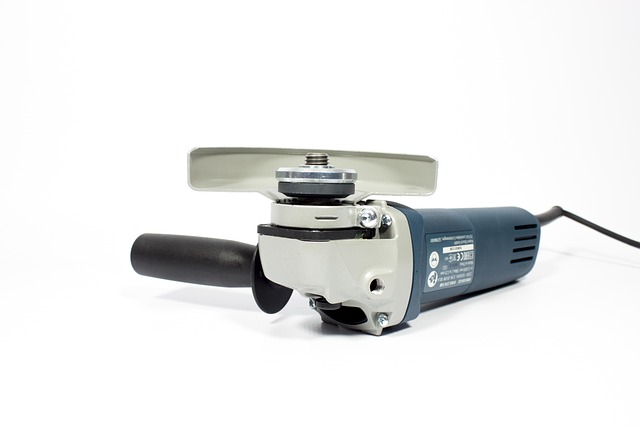Mercedes glass sensor calibration is a critical process for safety and comfort features like automatic wipers, adaptive cruise control, and headlights. These sensors measure light intensity, reacting to changes like temperature shifts, rain, or fog. Temperature fluctuations can significantly impact sensor performance by altering electrical properties, causing physical expansions or contractions, and affecting data transmission due to thermal expansion at connections. To maintain optimal calibration, workshops should regulate temperatures, use insulated walls and windows, employ specialized calibration equipment, and strictly follow manufacturer guidelines. This ensures accurate sensor readings for enhanced vehicle safety and customer satisfaction in collision repairs.
Mercedes glass sensor calibration is paramount for vehicle performance. Understanding how temperature influences these sensors is crucial, as it can significantly impact accuracy. This article delves into the intricate relationship between temperature and sensor performance, exploring how fluctuations affect Mercedes glass sensor calibration and offering best practices to ensure optimal readings across varying conditions.
By understanding these factors, owners and technicians can maintain precise sensor calibration, leading to enhanced vehicle reliability and safety.
- Understanding Mercedes Glass Sensor Calibration: The Basics
- Temperature's Role in Sensor Performance and Accuracy
- Best Practices for Maintaining Optimal Calibration in Different Temperatures
Understanding Mercedes Glass Sensor Calibration: The Basics
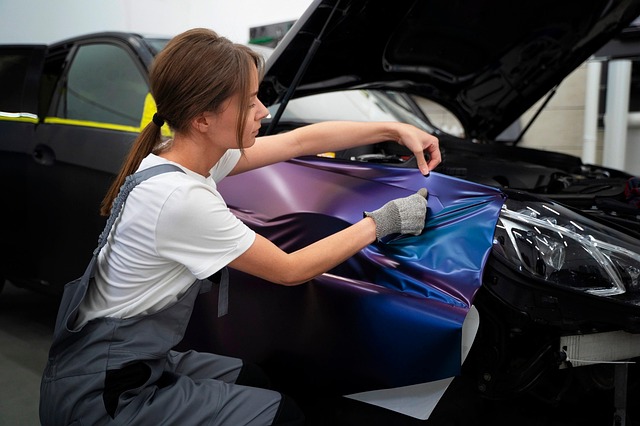
Mercedes glass sensor calibration is a precise process that ensures the vehicle’s advanced safety and comfort systems function optimally. These sensors are designed to detect and respond to various environmental conditions, such as temperature changes, rain, or fog, by measuring the intensity of light. The calibration involves adjusting these sensors to provide accurate readings, which are crucial for functions like automatic wiper deployment, adaptive cruise control, and headlight activation.
Proper calibration guarantees that the Mercedes’ sensors are functioning at peak performance. Any deviation from optimal calibration can lead to inaccurate data input, potentially impacting driving safety. This is where professional car repair services come into play, offering specialized tools and expertise for precise sensor adjustment. A collision repair center’s technicians are trained to handle these delicate adjustments, ensuring your vehicle’s systems operate seamlessly in all weather conditions.
Temperature's Role in Sensor Performance and Accuracy
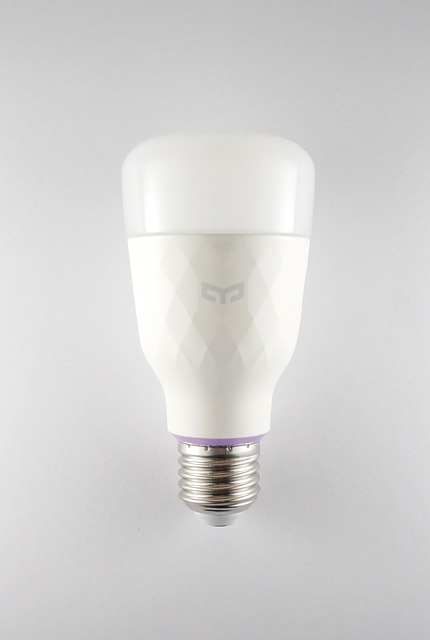
The performance and accuracy of Mercedes glass sensor calibration are significantly influenced by temperature fluctuations. Automotive sensors, designed to detect and interpret various parameters like pressure, temperature, and movement, operate at optimal levels within specific thermal ranges. Beyond these ranges, their readings can become less precise or even erratic. In the context of Mercedes vehicles, known for their advanced technology and precision engineering, maintaining accurate sensor calibration becomes crucial for overall vehicle performance and safety systems.
Temperature’s role in this regard is multifaceted. It affects the electrical properties of sensors, altering their resistance and conductivity. Extreme heat or cold can cause expansions or contractions in sensor components, leading to misalignment or damage. Moreover, thermal expansion can impact the connections between sensors and their interfaces, introducing errors in data transmission. For vehicle bodyshops and automotive repair professionals working on Mercedes or any other sophisticated vehicle, understanding and accounting for these temperature effects are essential steps in ensuring accurate glass sensor calibration and, by extension, optimal vehicle bodywork health and performance.
Best Practices for Maintaining Optimal Calibration in Different Temperatures
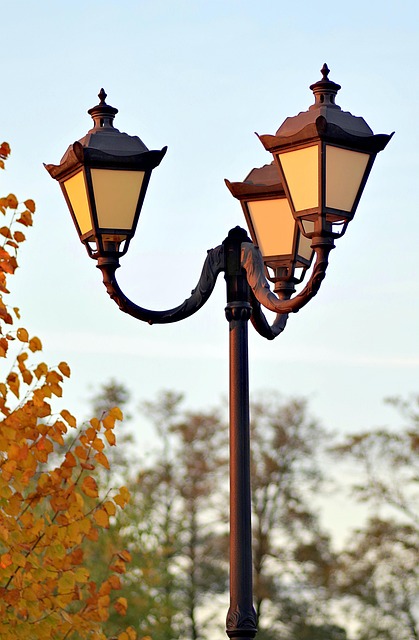
To ensure optimal Mercedes glass sensor calibration across varying temperatures, several best practices should be implemented. First and foremost, consistent temperature control within the workshop environment is paramount. Maintaining a stable climate with regulated heating or cooling ensures sensors are calibrated accurately, regardless of outside conditions. Regular thermal breaks and insulation in the workshop walls and windows help to minimize fluctuations.
Additionally, using specialized calibration equipment designed for automotive sensors can enhance precision. These tools often incorporate temperature-compensated features, allowing for precise adjustments even as temperatures shift. Moreover, adhering to manufacturer guidelines strictly during calibration processes is crucial. Following recommended procedures ensures the vehicle body repair or car body shop’s technicians are utilizing the most effective methods available, resulting in enhanced sensor accuracy and overall satisfaction for customers who visit a trusted auto dent repair facility.
Mercedes glass sensor calibration is paramount for vehicle safety and performance. Temperature plays a significant role in influencing accuracy, with fluctuations affecting sensor responsiveness and readings. By understanding this relationship and implementing best practices, such as maintaining consistent temperatures during calibration and using temperature-compensated sensors, owners can ensure their Mercedes’ systems operate at peak efficiency. These measures are essential to preserving optimal sensor calibration across varying environmental conditions.
